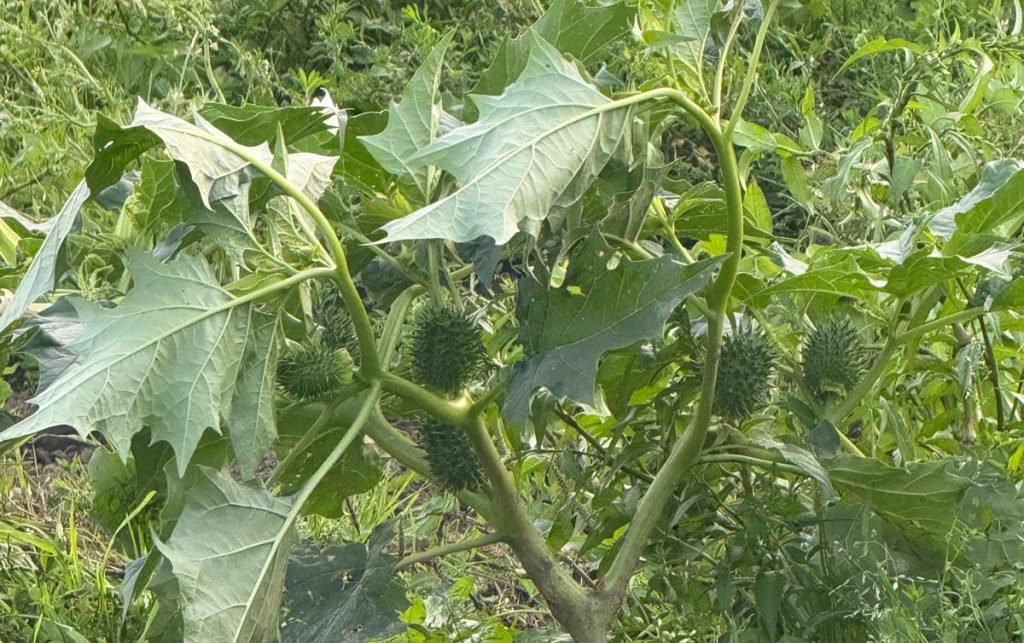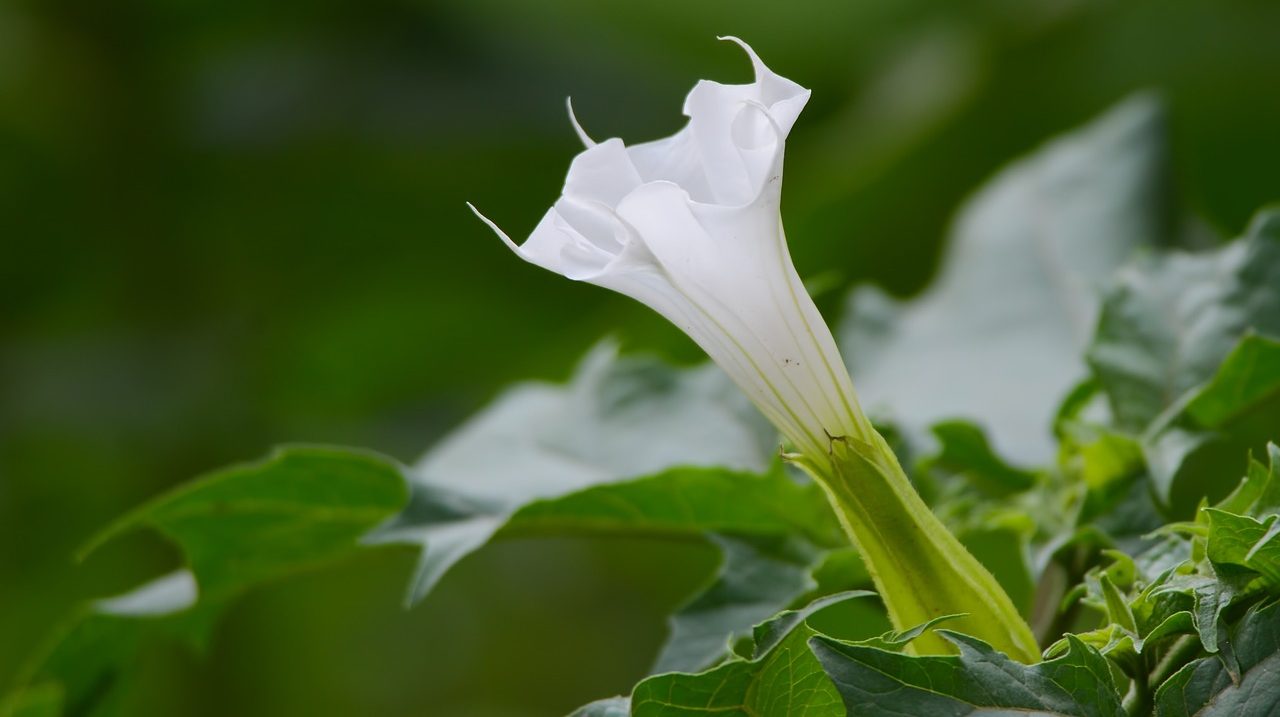Have you seen jimson weed on your farm – and do you know what it is?
A plant with many names, Agriland has heard of a few people recently spotting it in their fields and gardens in Munster.
Jimson weed, or thorn apple as it is commonly referred to, has a botanical name of Datura stramonium.
While it is not a new weed in Ireland, it is also not widely reported, according to John Spink, head of Teagasc’s crops, environment and land use programme.
There are fewer than 20 reports of it as the Biodiversity Maps data online shows, with the earliest being in the period 1930-1969.
Spink said that all the records have been made between July and September time, and he and his colleagues in Teagasc “are not aware of any particular increase in recent years”.
“It is likely to have been introduced as a contaminant in imported material originally but as the seed has a long dormancy, with germination of over 91% after being deeply buried for 39 years, tracing its origins will be very difficult,” Teagasc said.

It is important to note that the weed is toxic to humans and a wide variety of animals – including horses, cattle, sheep, pigs and chickens.
“Small areas can be controlled by pulling before the seed is set and disposed of to avoid further spread of seed but given its toxicity, suitable personal protective equipment should be worn,” Teagasc advised.
“In a commercial setting, cultivation will kill seedlings and the plants are susceptible to a wide range of commercially available herbicides.”
UK presence
The Royal Horticultural Society (RHS) in the UK said that the weed is fast growing, with the potential to reach a height of 1.5m during a long, hot summer.
“Wide, funnel-shaped flowers are produced from July to October. These are usually white but can have purple or lilac tints,” the RHS said.
“The seed capsules are large and spiky, hence the common name thorn apple. These are toxic and shouldn’t be eaten.”
The RHS said that thorn apple can be seen as an attractive addition to gardens, with some seed companies selling it.
However, despite its ornamental qualities, all parts of the plant are poisonous.

